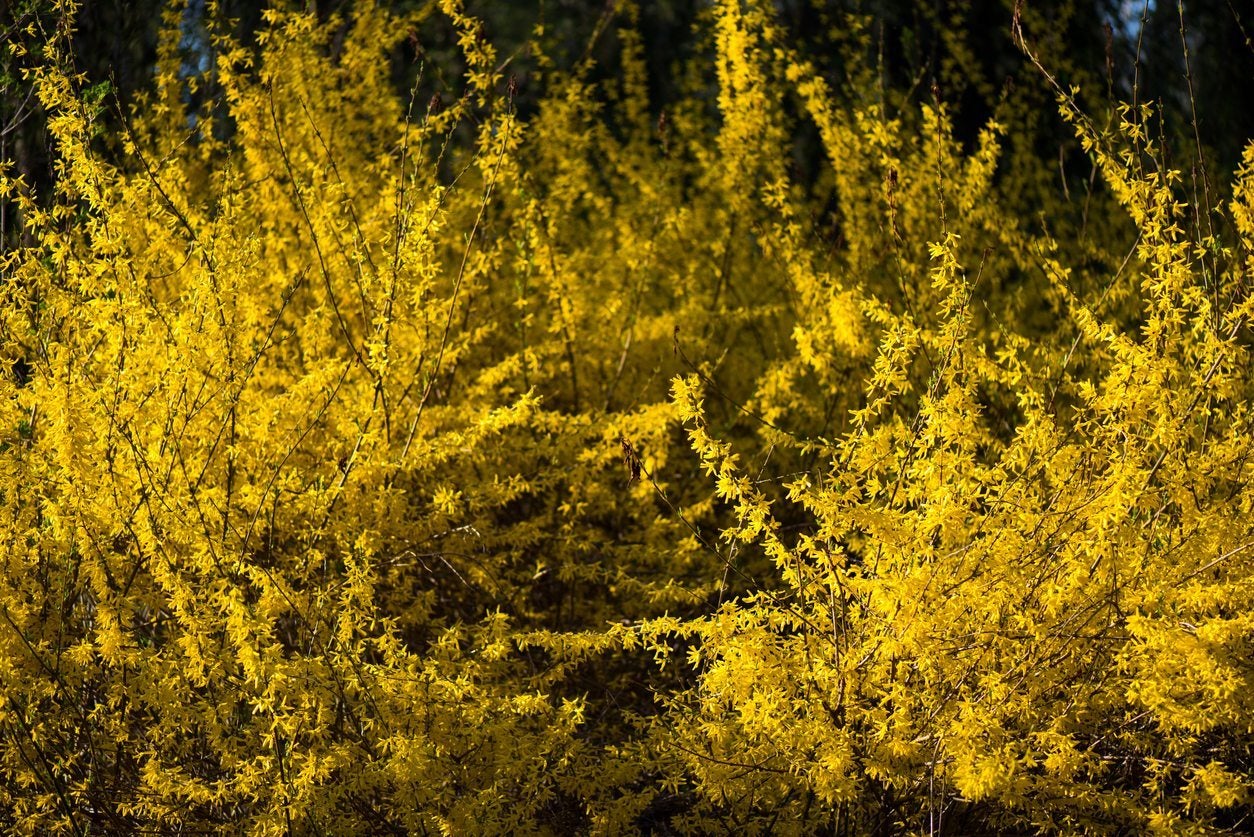Woody Perennial Information: What Makes A Perennial Woody


What are woody perennials, and exactly what makes a perennial woody? Most plants are categorized into two general types: either perennial or annual. Perennials are those that live for two years or more, while annuals live only a single growing season. To narrow things down even further, there are two types of perennials – herbaceous perennials and woody perennials. Read on for basic woody perennial information.
Woody Perennial Characteristics
What makes a perennial woody? According to “Trees, Their Use, Management, Cultivation and Biology” by Bob Watson, woody perennials include all trees and shrubs, no matter what their size or proportions. Woody perennials can increase in both height and width, which provides them with the strength to support new wood every year. Their woody framework is covered with bark. Some types of plants are considered semi-woody because they aren’t quite as woody as a tree or shrub. Examples include vines like climbing hydrangea and wisteria or shrubby perennial herbs such as rosemary and lavender. Woody perennials can be either deciduous or evergreen. In some climates, their above-ground structure may be dormant during the winter and may even die down to the ground, but the plant doesn’t die (unless weather conditions are unsuitable and the plant freezes). In fact, some woody perennials live for hundreds or even thousands of years.
Growing Woody Perennials
Woody perennials are usually considered the backbone of the garden. Why do gardeners depend on woody perennials? Longevity: Woody perennials are long-lasting. Unlike annuals, there is no need to replace them every year. Size: Woody perennials, especially trees and shrubs, grow much larger than annuals or herbaceous perennials. Many provide welcome shade during the hot months of summer. Year-round interest: Woody perennials add interest all season, year after year. Many have brilliant, fall colors or colorful fruit. Even woody perennials with bare, leafless tops add texture and interest to the garden in the off-season. Food and shelter for wildlife: Woody perennials can provide important habitats for a diversity of birds and wildlife throughout the winter months. Those with berries may provide sustenance when it is needed most – in late winter and early spring.
Sign up for the Gardening Know How newsletter today and receive a free copy of our e-book "How to Grow Delicious Tomatoes".

A Credentialed Garden Writer, Mary H. Dyer was with Gardening Know How in the very beginning, publishing articles as early as 2007.